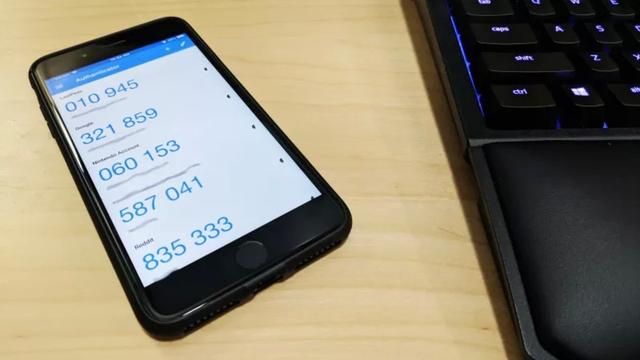News Is it possible to have a battery that can last for hundreds of hours? Evolution and Challenges of Lithium-ion Batteries
ILLUSTRATION: ELENA LACEY

A product was announced at the recent CES 2022 that raises some eyebrows while taking battery life to the next level. It was a pair of HyperX headphones that claimed 300 hours of continuous use. With the advent of lithium-silicon batteries, will EVs evolve significantly? This wireless gaming headset, scheduled for release this spring, is HyperX's "Cloud Alpha Wireless" and is said to have 300 hours of continuous use on a single charge. It is much longer than the conventional model "Cloud II Wireless" that can be used for 30 hours on a single charge. A 10x increase in battery life in a short period of time is almost unheard of in consumer digital products. As to how HyperX has significantly improved the battery, other than the combination of battery and semiconductor technology, and the dual-chamber technology and drivers on board, it has been updated to work with a 1,500 mAh lithium-polymer battery. did not disclose the details. "HyperX's new gaming headphones have 300 hours of battery life, and I don't know how they managed to do that." Gizmodo US published an article with such a headline about HyperX headphones, which are touted as having "infinite" uses. HyperX isn't the only company touting insane battery life at CES 2022. Technics' latest wireless headphones claim 50 hours of use on a single charge. Chip maker AMD has announced that its latest Ryzen chip will allow laptop batteries to last up to 24 hours. Automakers involved in electric vehicles (EVs) are also participating. Mercedes-Benz's concept car "VISION EQXX" is said to have a cruising range of more than 600 miles (about 966 km) on a single charge.
Is it possible to make a long-lasting battery?
Since none of the products have been released yet, I don't know if they perform as advertised. Battery life in consumer products is getting longer, experts say, thanks to new technologies like ultra-efficient processors, low-power modes and silicon anodes. That doesn't mean it will last ten times longer, though. Conventional lithium-ion batteries have an upper limit on energy density, and their performance is improving by one-digit percent every year. However, raising the upper limit of energy density also has disadvantages. "Batteries are getting better little by little. However, when increasing the energy density, there is usually a trade-off with the number of cycles (the number of cycles when the flow from charging to discharging is regarded as one cycle)." Venkat Srinivasan, director of the Collaborative Center for Energy Storage Research, which collaborates on energy storage science under Argonne National Laboratory, explains. “Large manufacturers set numerical targets for battery performance. You might choose a battery that lasts less than two years, but choose a battery that lasts longer.” Like many modern technologists, Srinivasan believes that advances in silicon anode technology can extend battery life. I am thinking positively. Enovix, one of the companies Srinivasan is advising, has developed a new battery cell structure with a silicon anode that the company hopes will set it apart from its competitors.
Next page: Evolution of lithium-ion batteries Final update: WIRED.jp
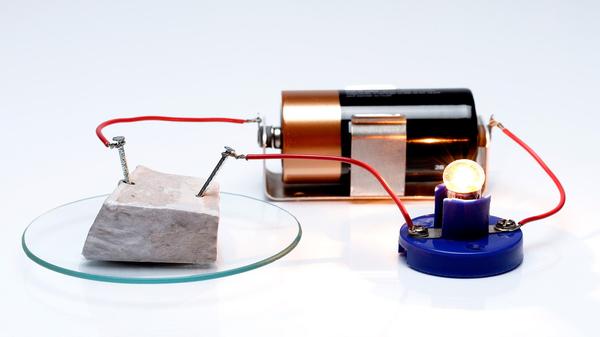
![10th generation Core i5 equipped 9.5h drive mobile notebook is on sale at 50,000 yen level [Cool by Evo Book] 10th generation Core i5 equipped 9.5h drive mobile notebook is on sale at 50,000 yen level [Cool by Evo Book]](https://website-google-hk.oss-cn-hongkong.aliyuncs.com/drawing/article_results_9/2022/3/9/4a18d0792cae58836b71b9f591325261_0.jpeg)
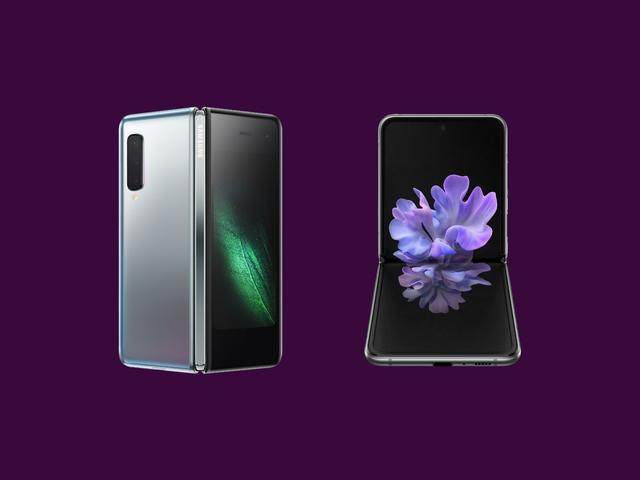


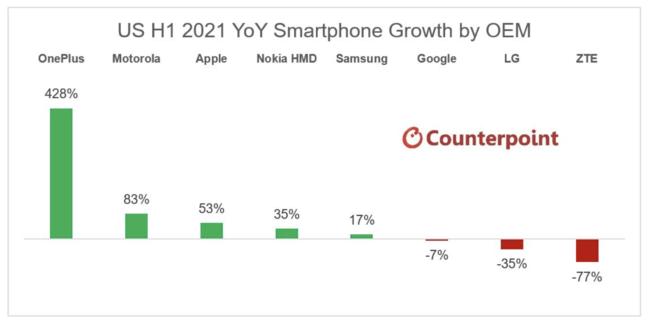
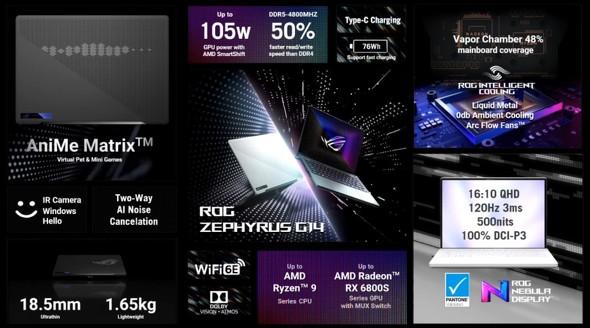
![[Amazon time sale in progress! ] 64GB microSD card of 1,266 yen and wireless earphone with noise canceling function of 52% off, etc. [Amazon time sale in progress! ] 64GB microSD card of 1,266 yen and wireless earphone with noise canceling function of 52% off, etc.](https://website-google-hk.oss-cn-hongkong.aliyuncs.com/drawing/article_results_9/2022/3/9/c88341f90bab7fe3ce1dc78d8bd6b02d_0.jpeg)
